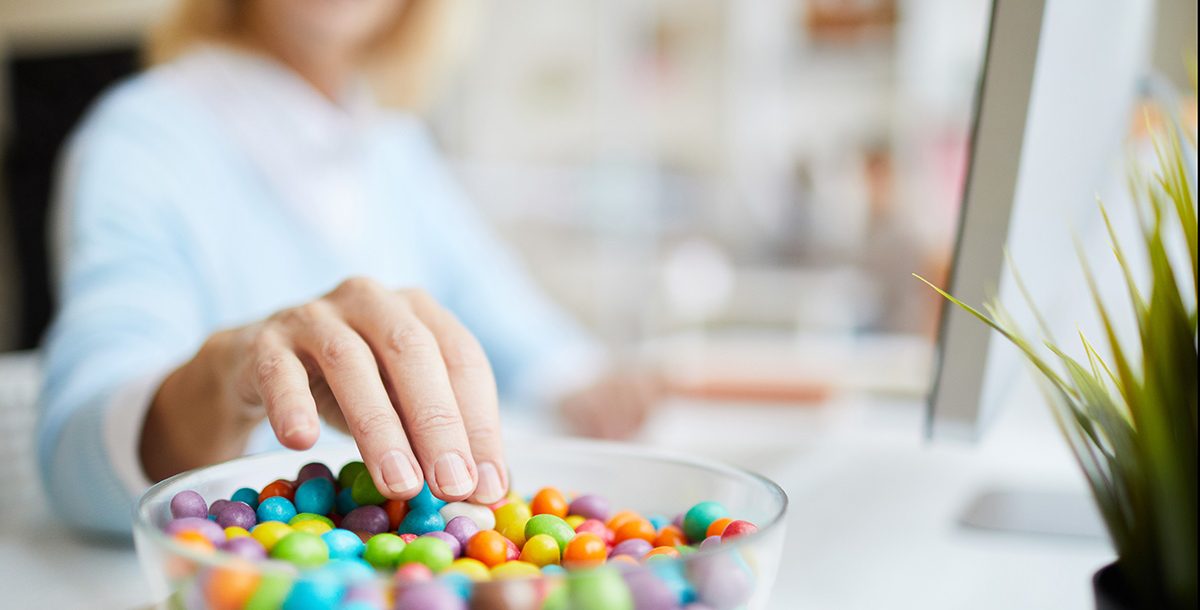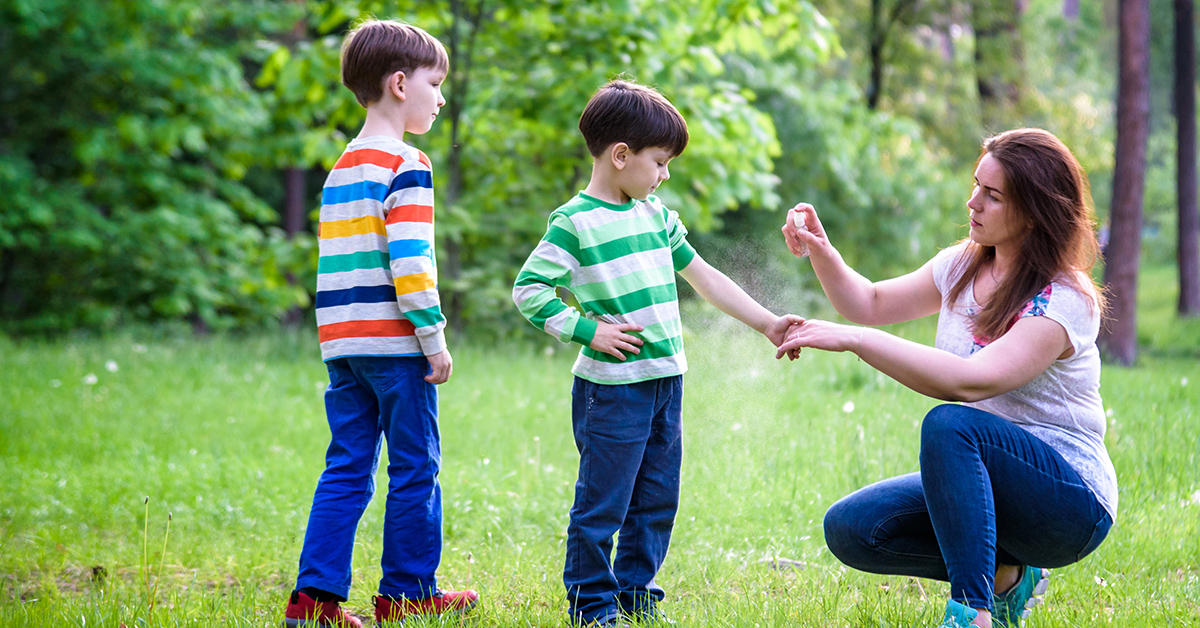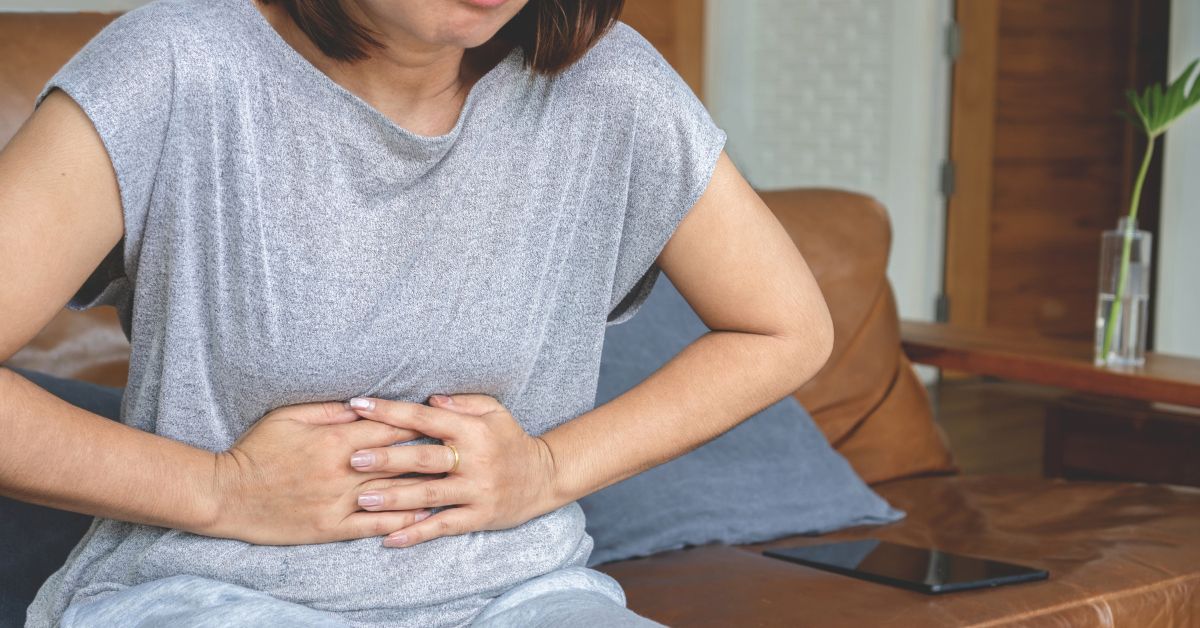Have your eating habits changed during the COVID-19 outbreak with all of your time spent at home? Have you found yourself stumbling to the fridge multiple times a day looking for something to eat and then realizing you aren’t even hungry?
Life is definitely different right now and studies show that some of us are coping with our stress by eating. In fact, 27% of adults say they use food to manage stress, according to the American Psychological Association.
Stress snacking can have a negative impact on your overall lifestyle. It is important to instead have a positive relationship with food and find healthier ways to handle your worries.
What causes stress snacking?
On average we make over 200 food and drink choices per day, according to a 2007 study.
There are many factors that contribute to what, when and how much we eat. They include the amount and types of foods around us, boredom, stress levels, portion sizes, the size of the plate and utensils we use, food packaging, and even who we eat with.
For those of us working from home for the first time, food is easily accessible now. Just like it is important to set boundaries with work, it is important to set them with food too. Start by setting some visual and physical boundaries by not working out of your kitchen area during the day.
How can I manage my stress snacking?
It can be hard finding a healthy way to cope with stress that works best for you. However, it is very important. Start with setting a schedule for your day. It will keep you busy and limit the number of food decisions you have to make.
Think back to your daily routine before the COVID-19 outbreak. Was your eating pattern back then working well for you? If so, try to set up a similar structure at home right now. It could include:
- Waking up around the same time
- Keeping structured meal times
- Talking with coworkers via text, phone or video
- Taking regular breaks throughout the day
- Having a designated end of your work day
And instead of stress snacking when you have downtime, start trying some new healthy hobbies. Some ideas include journaling, playing or listening to music, reading, mediation, trying a new exercise and catching up with a loved one.
What are some healthy foods for snacking?
While stress snacking is not healthy, normal snacking can be. Healthy snacks can help bridge the gap between two distant meals. They can also curb intense hunger that can lead to eating larger portions or high-calorie foods.
Here are some tips to kick off your healthy snacking habits.
- Have a glass of water first, because you may simply be thirsty.
- Include both fiber and protein in your snack to help fill you up. Examples could include a bowl of Greek yogurt with berries, hummus and carrots, or an apple with walnuts.
- Keep fruits and vegetables on hand to grab for snacks.
- Plan out your meals and snacks for the day, so there is less hunting for something that sounds good.
- Keep healthier snacks in the front of the pantry and treats toward the back, out of direct eyesight.
- Check in with your own hunger and fullness cues before grabbing something in the kitchen. If only a piece of candy or chips will “hit the spot,” then it is not real hunger.
- Keep a food log to increase awareness of each time you grab something to eat or drink.
- Put bulk snacks in individually portioned baggies. You can also put a portion on a plate instead of eating right out of the bag.
Stay updated on what Bon Secours is doing related to COVID-19.





